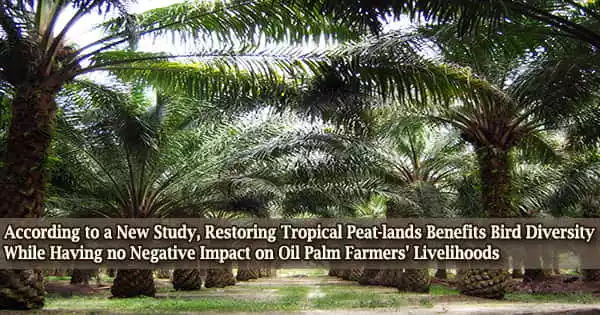Agriculture biodiversity is a measure of biodiversity found on agricultural land. It refers to the diversity and variability of life forms found in agricultural systems, such as crops, animals, and neighboring ecosystems. The entire diversity of species present in a place at all levels of biological organization is referred to as biodiversity. It includes both the genetic variety of the plants and animals used in agriculture as well as the diversity of the ecosystems in which farming occurs. It is distinguished by a varied ecological system supported by different habitats.
Biodiversity declines in agricultural areas when diverse landscapes are lost and native flora are replaced with produced crops. Increasing biodiversity in agriculture can improve farm sustainability by restoring ecological services that help regulate agricultural areas. As farm biodiversity is an aspect of agroecology, it is possible to promote biodiversity in agriculture through the process of agroecological restoration.
Biodiversity plays a crucial role in sustainable agriculture and has several important implications:
- Genetic Diversity: Crop genetic variety is critical for food security and resilience in the face of changing environmental circumstances and pests. diverse crop kinds have diverse features that can be useful in certain contexts. Preserving heirloom or indigenous varieties contributes to the preservation of genetic diversity.
- Ecosystem Services: Biodiversity in and around agricultural fields contributes to essential ecosystem functions. Pollination by bees and other insects, natural pest management by predators and parasitoids, nutrient cycling, and soil fertility are examples of these. Keeping a varied range of plants and animals on and around farms can help to improve these services.
- Resilience to Climate Change: Biodiverse agricultural systems tend to be more resilient to climate change because they can adapt to changing conditions more effectively. Diverse cropping systems are less vulnerable to a single catastrophic event, such as a disease outbreak or extreme weather event, that could wipe out a monoculture.
- Reduced Pesticide Use: Biodiversity can reduce the need for chemical pesticides. For example, planting a variety of crops or intercropping can disrupt pest life cycles and reduce the need for chemical control. Beneficial insects and other natural predators can also keep pest populations in check.
- Cultural and Traditional Knowledge: Indigenous and local communities often possess valuable knowledge about biodiversity and traditional farming practices that can contribute to sustainable agriculture. Preserving these practices is important for maintaining biodiversity.
Biodiversity is a measure of an ecosystem’s biotic and abiotic diversity, as described by heterogeneity. Since the global growth in food consumption and the success of popular crops, the loss of biodiversity in agriculture has become a growing concern. The lack of variety on agricultural grounds reduces species biodiversity. Agriculture requires biodiversity to provide ecosystem services, which conserves biodiversity while providing agricultural services.
Finally, preserving and fostering biodiversity in agriculture is critical for assuring food security, environmental sustainability, and the long-term resilience of farming systems in the face of global problems such as climate change and biodiversity loss.
















